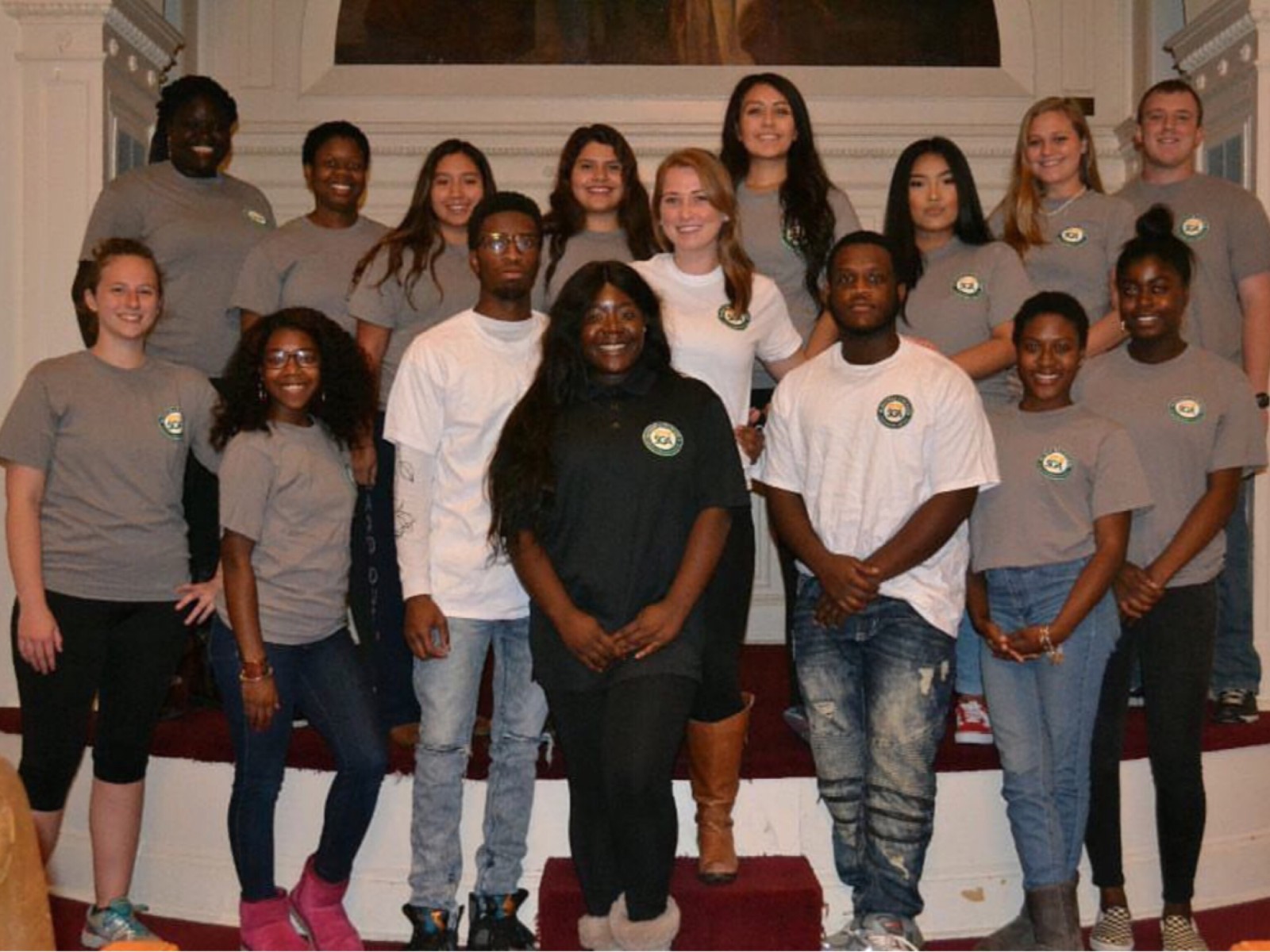Before the Civil Rights Movement was in full swing, the murder of a young boy named Emmett Till helped shed some light on racism plaguing the nation and helped bring about a demand for change.
The story that most people know is that Emmett flirted with and whistled at Carolyn Bryant, a white woman and the wife of Roy Bryant, the owner of a grocery market in Money, Mississippi. Recently, Mrs. Bryant admitted to falsifying the events of Aug. 24, 1955. Additionally, after the incident, a newspaper reported that he would whistle as a tic that would help control his stuttering.
Emmett Till was born on July 25, 1941 to Mammie Carthan and Louis Till in Chicago, Illinois. When Emmett was six he contracted Polio, which left him with a stuttering problem.
Till was a typical teenager in the 1950s. He attended McCosh Grammar School, an all-black school in Chicago. His former classmate, Richard Heard, described him as “a funny guy all the time. He had a suitcase of jokes that he liked to tell. He loved to make people laugh.” People in Till’s neighborhood also described him as “responsible, funny, and infectiously high-spirited.”
His mother, Mammie, was an extraordinary black woman in her time. She defied the societal expectations of black women, excelling in a time when it was extremely difficult for women to do so. While raising Emmett, she worked for the Air Force as a highly successful clerk. As such, Emmett spent his childhood in a middle-class black community in Chicago that was home to many successful black-owned businesses.
When his uncle, Mose Wright, came to visit from Mississippi in August, he told Emmett stories about his life in the American South, and Emmett was intrigued. Though initially reluctant to let him leave, Mammie eventually allowed Emmett to stay with his uncle in Mississippi. Before Emmett left, his mother cautioned him about how different Mississippi is from Chicago.
After Bryant lied to her husband Roy about what took place, Roy and his half-brother went hunting for Emmett. On the early morning of Aug. 28, 1955 around 2:30 a.m., Roy and his half-brother arrived at Mose’s house with a gun and flashlight, demanding for Emmett Till to come with them.
After Roy and his half-brother kidnapped Emmett and threw him into the back of a pickup truck, they dropped Carolyn at home. They then recruited two other black men, Henry Lee Loggins and Leroy Collins. Witnesses said they saw a green and white Chevy pickup truck pulling into a plantation with three black passengers sitting on the bed of the truck: Loggins and Collins, with Emmett sandwiched securely in the middle.
Emmett was escorted into the shed. As stated by Stephen J. Whitefield, a witness who testified said they heard screams from the shed and someone calling out “Mama! Lord have mercy! Lord have mercy!”
Three days after Emmett was murdered, two boys found his disfigured, naked body in the river. Roy Bryant and his half-brother were acquitted of all charges by an all-white jury. However, the trial has been debated for years because of corruption; Collins and Loggins, who were scheduled to testify, were rumored to be jailed by the county sheriff during the trial. Bryant also later admitted to torturing and murdering Emmett.
At the time, Mississippi was known for promoting violent attacks on the black community. Lynchings were common as a way for white people to maintain supremacy and instill fear in black citizens. Between 1882-1968 there were 4,743 lynching in the United States. Of that number, almost 3,500 were black citizens. Mississippi alone lynched 581 men and women in those years. Before Emmett was viciously murdered, attacks on black men accused of talking to, raping, or attempting to rape white women were common.
When Carolyn Bryant lied and told her husband that Emmett whistled and made physical advances to her, she brought the plague of violence and death on an innocent boy whose only “crime” was that he was black. Carolyn Bryant’s words cost Emmett’s life that summer, and more than fifty years later she has finally admitted the truth.
Before President Obama left office, he signed the Emmett Till Civil Rights Crime Reauthorization Act of 2016. This act would allow the Department of Justice and the FBI to reopen unsolved Civil Rights cases closed before 1980.
Had Emmett Till not been brutally murdered that summer, what would he have aspired to be? He grew up around people who held highly respected jobs. He could have been a doctor, scientist, teacher, anything he set his mind on. In October of 2016 the memorial that marks the site where Till’s body was found was riddled with bullet holes. It is not the first time his memorial site was vandalized since its completion in 2007.
In light of recent events, Emmett Till’s story must not be forgotten.




